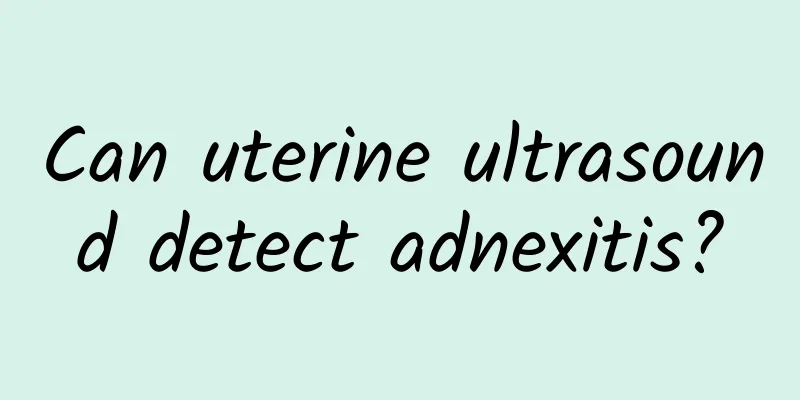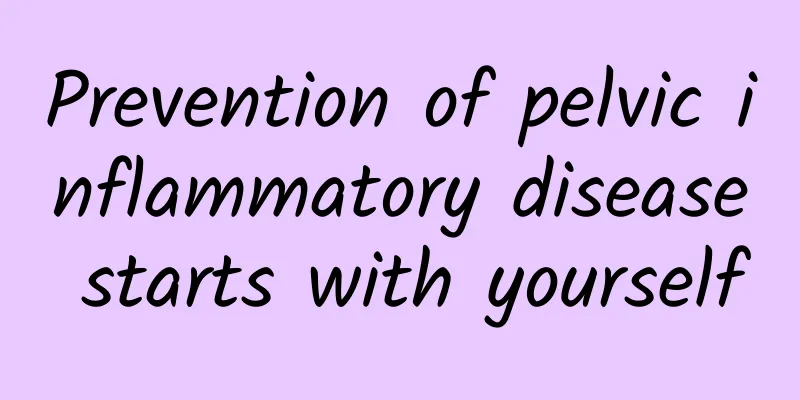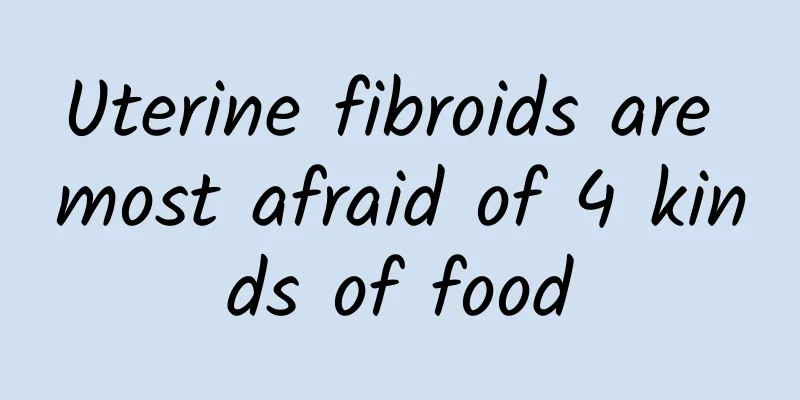What is the cure for uterine fibroids?

|
What methods are there to cure uterine fibroids? Uterine fibroids are a gynecological disease with a very high incidence rate among female friends. Although this disease is benign, it is also extremely harmful to women's bodies. In severe cases, it may also affect fertility. Therefore, once you suffer from uterine fibroids, you must treat it in time. So, what methods are there to cure uterine fibroids? 1. Surgical treatment Surgical treatment is a more traditional method with a long history, and it is also one of the main methods for treating uterine fibroids. However, this surgical treatment is to remove the fibroids in the uterus, so that the patient can recover as soon as possible. However, for female patients who have not given birth, surgical removal is not recommended. At the same time, this method is generally suitable for patients with more serious uterine fibroids, that is, it is used when there is no other way to remove the tumor without surgery. 2. Conservative treatment That is to say, uterine fibroids are treated with drugs. Although drug treatment can have some effect on treatment, it is only a temporary solution for patients with severe conditions. Drug treatment is generally limited to patients with benign uterine fibroids and is not recommended for patients with severe conditions. 3. Minimally invasive surgery With the development of science and technology, minimally invasive surgery has been favored by more and more patients with uterine fibroids in recent years. Minimally invasive surgery mainly uses laparoscopy to treat uterine fibroids. This method can make up for the shortcomings of surgical treatment, and the risk is much smaller than that of surgical treatment. Because it is a minimally invasive surgery, the wound is also relatively small. 4. Expectant treatment The so-called expectant treatment is what is commonly referred to as observation in clinical practice, which is to use no drugs or other treatment methods. Patients with uterine fibroids undergo gynecological internal examination and B-ultrasound examination every 3 months. If the fibroids do not grow fast and have little effect on menstruation, you can expect the uterine fibroids to shrink gradually as you age and your sex hormone levels decrease. This situation is mainly suitable for patients with uterine fibroids who are over 40 to 50 years old, have begun menopause, and have mild clinical symptoms. Of course, for young uterine fibroid patients who are unmarried or childless, have small fibroids, and have no clinical symptoms, this expectant treatment is the only option. |
<<: How to cure uterine fibroids
>>: Can uterine fibroids be cured?
Recommend
Are you eating right to adjust your mood? Nutritionists recommend 3 kinds of fruits and drinks to keep you in a good mood without getting fat
When in a bad mood, many people choose to adjust ...
What is vaginal bleeding after sex? Is vaginal bleeding after sex caused by cervicitis?
In clinic, some patients often say that they foun...
How to treat chronic adnexitis with moxibustion
Chronic adnexitis can be treated with moxibustion...
What is the cause of moderate cervical erosion?
What happens if cervical erosion is moderate? Cer...
What are the main treatments for vulvar leukoplakia?
Do you know what are the treatments for vulvar le...
You can easily recover your body after ectopic pregnancy surgery
The damage after ectopic pregnancy surgery is ver...
What are the methods to cure dysmenorrhea?
What are the methods to cure dysmenorrhea? Dysmen...
Could Too Much Sugar Cause Cancer? Which one is more nutritious, white sugar or brown sugar? Zhao Hanying teaches you how to eat candy wisely
Sweets are a woman’s second stomach, such as ice ...
Summer weight loss campaign! 6 Easy-to-Eat Fruit Salads
If you want to lose weight successfully, diet is ...
STD invasion may directly cause adnexitis
The invasion of sexually transmitted diseases may...
Overeating can lead to dementia. Don't be obese at the age of 30.
With a busy work schedule, you often have a simpl...
Patients with vulvar leukoplakia can take dietary supplements according to their symptoms
Vulvar leukoplakia is also known as vulvar leukop...
Delicious food therapy helps patients with pelvic inflammatory disease recover soon
Pelvic inflammatory disease is a common gynecolog...
Can female cervicitis be cured? Here are some of the best treatments for cervicitis.
Mild cervicitis has no symptoms in the early stag...
Do these 10 things to lose weight and never gain it back!
1. Evenly distribute the three meals, with breakf...









